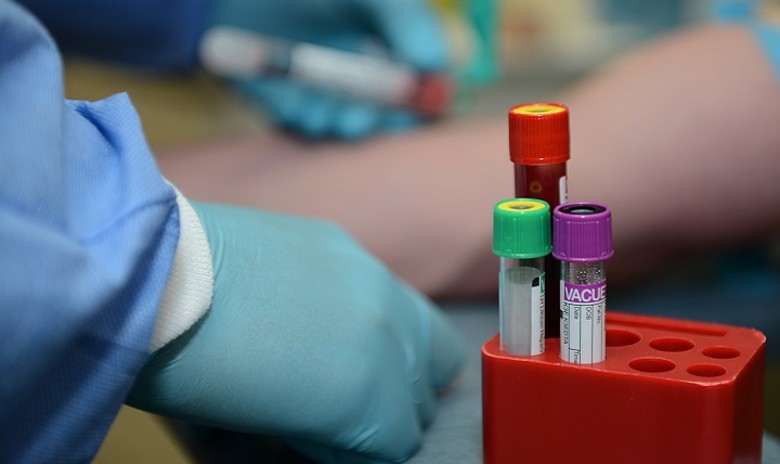News
The case for concussion biomarkers becomes murky when gender and race are considered

Source: U.S. Air Force/Staff Sgt. Teresa J. Cleveland
As doctors and medical researchers continue to hunt for the best objective way to identify and assess a concussion, biomarkers have become the hot topic. The idea is that a concussion may potentially trigger changes in the body’s chemistry that could be measured to accurately gauge the severity of the brain injury. The higher the level of these biomarkers is, the more severe a concussion is believed to be.
However, a set of three new studies suggest biomarkers may not be as clear-cut of a tool for measuring brain injuries as believed. This is because there appear to be significant differences in the levels of the most accepted biomarkers between genders and people of different races.
Breton M. Asken and colleagues at the University of Florida in Gainesville published three studies in the journal Neurology assessing the baseline levels of popular biomarkers.
In the first study, the team measured the levels of biomarkers known as UCH-L1, S100B, Aβ42 and CNPase in a group of 415 athletes with no record of recent brain injuries or head impacts. This allowed the team to assess the baseline levels among the group.
The findings showed that rather than being consistent across the athletes, different groups showed higher levels of these specific biomarkers. Specifically, male athletes showed consistently higher levels of UCH-L1 and S100B, while CNPase was higher in women.
Black participants also showed higher levels of UCH-L1 and S100B at baseline, while white athletes had higher levels of Aβ42 and CNPase.
Alone, these findings suggest that using biomarkers to identify concussions could potentially be tricky or misleading. However, the group’s other two studies reinforce the notion that these biomarkers may still be useful for evaluating brain injuries.
In the second study, Asken and his team examined the long-term levels of biomarkers compared to a person’s concussion history. This showed that those with the highest rates of past concussions also had higher levels of Aβ42. Despite this, heightened levels of S100B and UCH-L1 may have been mediated by race.
The third study, involving 29 athletes with sports-related concussions, found a strong correlation between heightened levels of S100B after a concussion, particularly when measured within four hours of the injury.
“Our research shows that a blood test may aid concussion management, but interpreting these tests can be complicated since biomarker levels differ depending on sex and race,” Asken said in a statement. “Much more research is needed before a blood test can advance patient care for sports-related concussion.”
These studies don’t discredit the idea that biomarkers may be an effective way to evaluate concussions, but a more nuanced approach is needed to ensure factors like race and gender are adequately considered.



